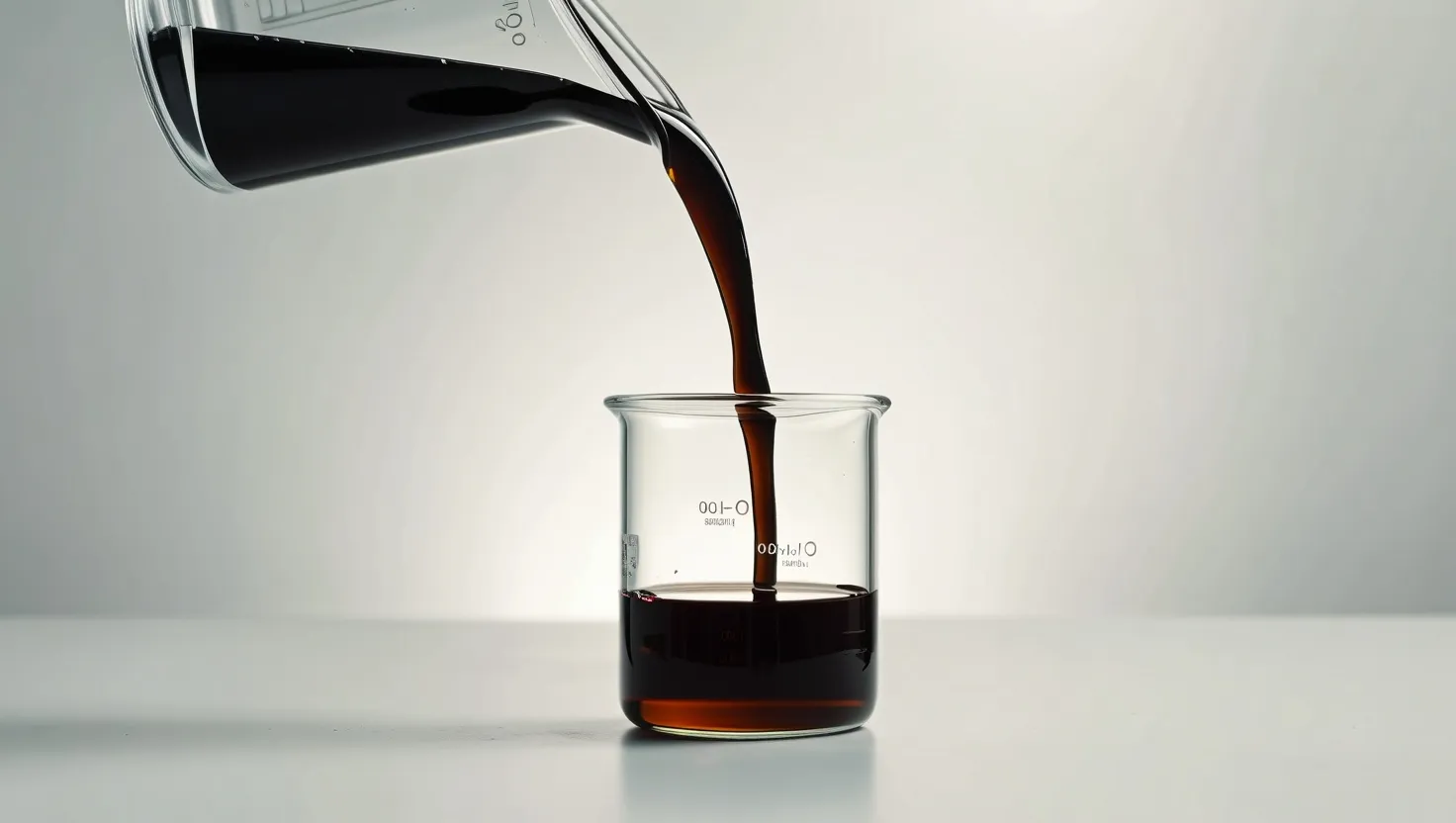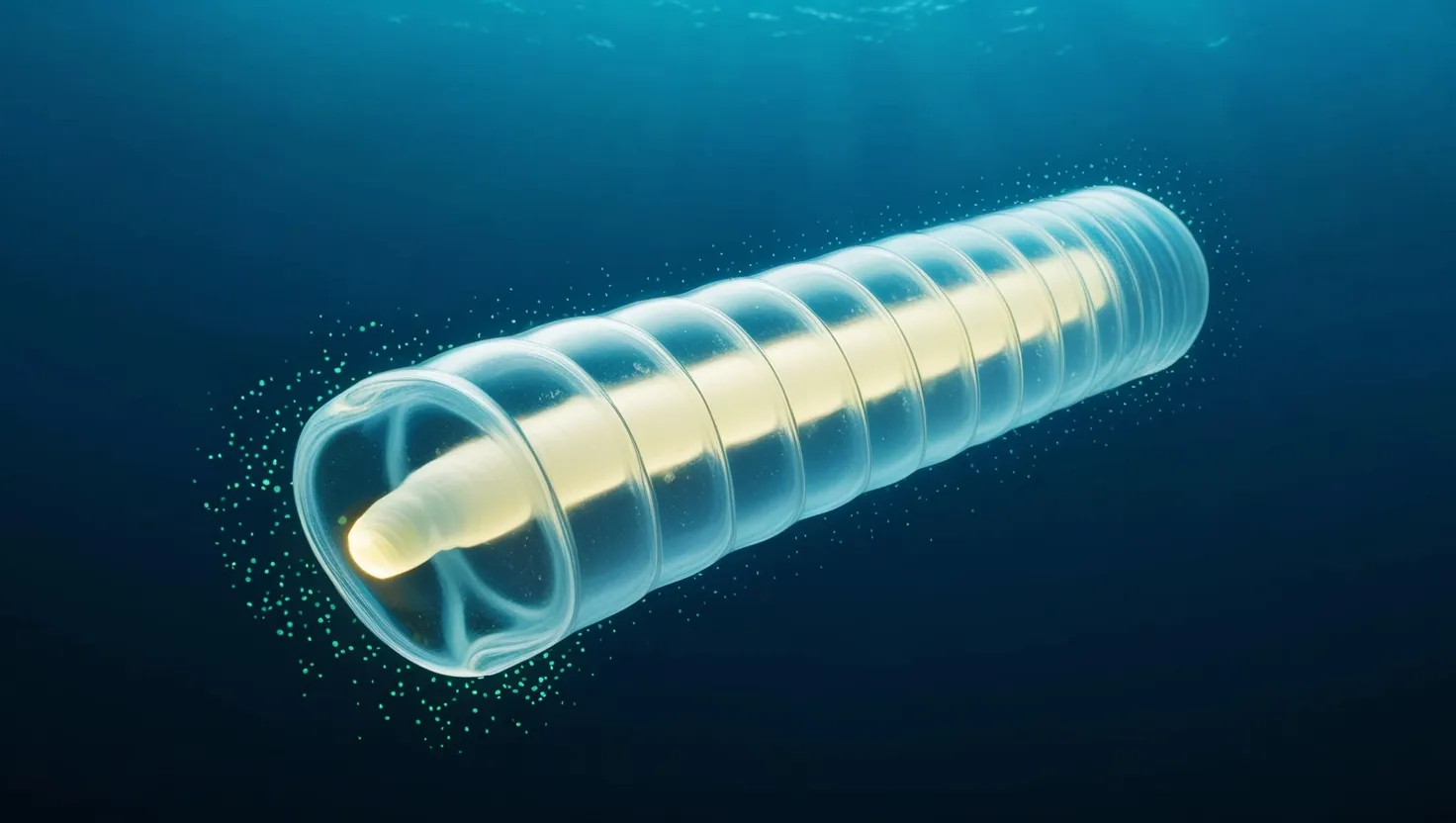In the realm of scientific experiments, there are few that have captured the imagination of the public and the patience of researchers quite like the Pitch Drop Experiment. This extraordinary test, initiated in 1927 by Professor Thomas Parnell at the University of Queensland, Australia, has been running for nearly a century, making it the longest continuously running laboratory experiment in the world.
To understand the fascination behind this experiment, let’s delve into its origins. Professor Parnell, the first professor of physics at the University of Queensland, was determined to demonstrate the unique properties of pitch, a highly viscous substance derived from the distillation of coal tar. Pitch, often mistaken for a solid due to its brittle nature at room temperature, is actually a fluid, albeit an extremely slow-moving one.
The experiment began with Parnell heating the pitch to a liquid state and pouring it into a sealed glass funnel. It took three years for the pitch to cool and settle into the shape of the funnel. In 1930, the sealed stem of the funnel was cut, allowing the pitch to slowly drip out into a beaker below. This simple yet ingenious setup has been the cornerstone of the experiment ever since.
One of the most striking aspects of the Pitch Drop Experiment is its glacial pace. Since its inception, only nine drops of pitch have fallen, with intervals between drops ranging from 8 to 13 years. The first drop took eight years to fall, and subsequent drops have followed at similarly slow intervals. This slow motion is due to the extraordinary viscosity of pitch, which is about 100 billion times greater than that of water.
The experiment’s longevity is a testament to the dedication of its custodians. Professor Parnell himself did not live to see a single drop fall, nor did his successor, Professor John Mainstone, who oversaw the experiment for many years. Today, Professor Andrew White is the custodian, ensuring the experiment continues uninterrupted.
Despite its slow pace, the Pitch Drop Experiment has not been without its moments of excitement. In the 2000s, the experiment was moved to a display case with air conditioning, which significantly slowed down the flow of pitch. Interestingly, the use of heat-generating halogen lights in the display case temporarily sped up the formation of drops until LED lighting was installed. This subtle change in environment highlights the sensitivity of pitch to temperature variations.
The public’s fascination with this experiment is multifaceted. On one hand, it serves as a remarkable demonstration of the patience required in scientific research. In an era where instant gratification is the norm, the Pitch Drop Experiment stands as a stark reminder that some questions take decades, if not centuries, to answer. On the other hand, it captures the imagination by its sheer simplicity and the profound insights it offers into the properties of materials.
For those who cannot wait for the next drop to fall, there is now a live video feed available, allowing anyone to witness this historic moment. This live feed has turned the experiment into a form of slow-motion entertainment, with viewers from around the world tuning in to see if they might be the lucky ones to witness the next drop.
The Pitch Drop Experiment has also inspired other similar experiments. For instance, a second pitch drop experiment was set up at Trinity College Dublin in 1944, and in 2013, this experiment captured the fall of a drop on camera for the first time. Another experiment at Aberystwyth University, started in 1914, has yet to see a single drop fall due to the much lower temperature of the pitch.
This experiment has become more than just a scientific test; it has become a cultural phenomenon. It has been recognized by the Guinness World Records as the longest-running laboratory experiment and has been awarded the Ig Nobel Prize for Physics in 2005. The Ig Nobel Prize, while humorous in nature, acknowledges the experiment’s unique contribution to the world of science.
In addition to its scientific significance, the Pitch Drop Experiment offers a unique perspective on the nature of time and patience. In a world where everything seems to be speeding up, this experiment reminds us that some processes are inherently slow and that patience is a virtue that scientists must often cultivate.
For educators, the Pitch Drop Experiment serves as an excellent teaching tool. It can be replicated on a smaller scale using materials like silicone polymer or Silly Putty, allowing students to understand the principles of viscosity and the importance of long-term observation. Such experiments can spark discussions about data tracking, the uncertainty of missing observations, and the value of persistence in scientific inquiry.
The Pitch Drop Experiment also underscores the importance of environmental conditions in scientific research. The rate at which the pitch flows is significantly affected by temperature changes, highlighting the need for controlled environments in many scientific studies. However, even without precise environmental control, the experiment has provided valuable insights into the properties of pitch.
In conclusion, the Pitch Drop Experiment is a remarkable example of scientific perseverance and the fascinating world of materials science. It has captivated the public with its slow and steady pace, offering a unique window into the properties of highly viscous substances. As we await the next drop, we are reminded of the importance of patience, the value of long-term research, and the unexpected ways in which science can capture our imagination.
This experiment is more than just a test of pitch’s viscosity; it is a testament to human curiosity and the enduring power of scientific inquiry. Whether you are a scientist, a student, or simply someone fascinated by the slow and steady march of science, the Pitch Drop Experiment is an inspiring reminder that even the most seemingly mundane experiments can hold profound significance and captivate the world.






